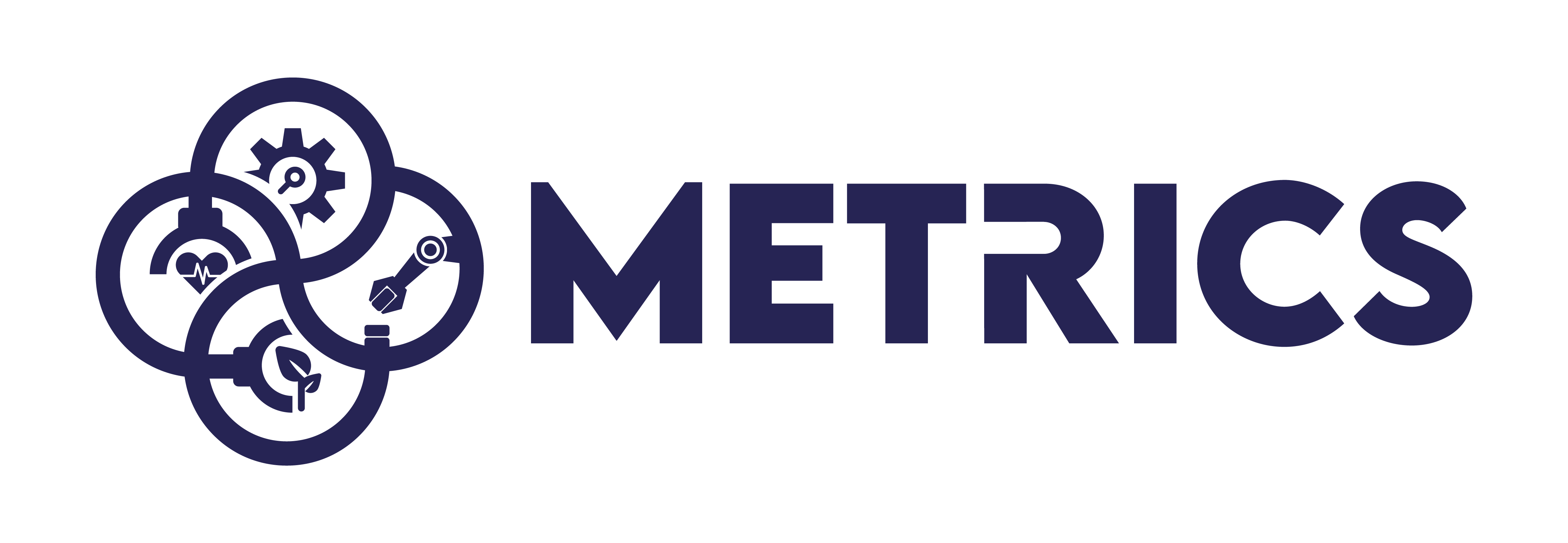The ACRE competition
In ACRE (Agri-food Competition for Robot Evaluation), autonomous robots compete to demonstrate their ability to perform agricultural tasks (such as removing weeds or surveying crops down to individual-plant resolution) requiring autonomous capabilities (such as discriminating crops from weeds or moving through crops without damaging the plants). These abilities are crucial for the transition of Europe to Agriculture 4.0, where precision agriculture is supported by Artificial Intelligence and Robotics.
Autonomous robots, besides dealing with the most tedious and wearing tasks, enable new and “green” ways to perform agricultural operations, greatly reducing and optimizing the use of resources such as water, fertilizers, and pesticides. Indeed, nowadays, human farmers do not have the time to focus on the needs of each individual plant of a crop and to remove weeds one by one. Autonomous robots, which can work 24/7 without supervision and with extreme precision, can be game-changers by making agriculture more efficient and sustainable at the same time.
ACRE is a benchmarking competition where the robot are tested in real-world agricultural activities and robot performance is evaluated according to rigorous scientific and metrological criteria, to provide objective and repeatable results. Relevant stakeholders will be able to quantitatively measure progress over time and in comparison to others, and use ACRE results as well-defined technical specifications to certify the performance of their machines.
ACRE is open both to researchers (who can benefit from its benchmarks and testbeds to validate their results) and to companies (who can exploit the public visibility of ACRE to make their products known to prospective buyers and investors).
The ACRE evaluation plan describes the competition and its evaluation and will be continuously updated. Additional information will be posted here as well.
The ACRE benchmarks
The set of benchmarks prepared by ACRE comprises:
Plant discrimination: decide which plants of a row are weeds and which are crops
Field navigation: move through a cultivation without damaging the crop
Leaf area estimation: estimate the leaf area of the plants along a cultivated row
Weed destruction: destroy unwanted plants (weeds) in intra-row without damaging wanted ones (crops)
Biomass estimation: estimate above-ground crop biomass
Intra-row weeding: perform fully autonomous intra-row weeding of a row (i.e., eliminate the weeds located among the crop plants of a row without damaging the crop)
Crop mapping: produce a map of an entire cultivation by exploring it autonomously
Among these the final 3 ACRE benchmarks will be chosen, according to the requirements of the participants to the ACRE dry-run event. The 1st ACRE Field Competition (Montoldre, June 2021) will have participants compete on the execution of the chosen benchmarks.
ACRE Campaigns
The 2023 ACRE Field Campaign will take place on May 25th and May 26th in Cornaredo, near Milan (Italy).
The venue is “Azienda Agricola Ciro Menozzi – Cascina Baciocca”, an experimental farm of the Department of Agricultural and Environmental Sciences - Production, Landscape, Agroenergy of the University of Milan.
In the 2023 ACRE 2nd Cascade Campaign, participants are asked to perform object detection to recognize crop plants and weeds on RGB images. Data was collected in real crop fields during the 1st Field Campaign in June 2022. The dataset comprises images captured by an agricultural robot of different field plots with an RGB camera. Images represent two kinds of crops (maize and bean) and multiple species of weeds. Participants are provided with labeled images to train their models, and they are asked to submit their hypothesis (detections in COCO format) of a test dataset.
The 2022 ACRE 1st Field Campaign took place in June 6th-10th 2022 at the “AgroTechnoPôle” site of INRAE in Montoldre (France).
Four teams successfully participated to the Campaign, executing the following Functionality Benchmarks (FBM) and Task Benchmarks (TBM) on beans and maize (...and weeds) cultivations: Plant Discrimination FBM; Weed Destruction FBM; Field Navigation FBM; Intra-row weeding TBM; Crop mapping TBM.
In the 2022 ACRE 1st Cascade Campaign, participants were asked to segment RGB images to distinguish between crop, weeds, and background.
Data has been collected in real crop fields during 2019 and 2021 agricultural robotics competitions. The dataset comprises images captured by two agricultural robots in different moments and with different RGB cameras. Images consist of two kinds of crops (maize and bean) and multiple species of weeds. Participants are provided with labeled images to train their models, and they are asked to submit their hypothesis (segmented images) of a test dataset.
The ACRE 2021 dry-run Field Campaign took place at INRAE's facility in Montoldre (France) from 20th to 24th September 2021.
The first dry-run took place in October 2020, however, due to the Covid-19 pandemic situation, only one team participated in it. Thus, a second dry-run was scheduled for June 2021. Nonetheless, exceptionally bad weather conditions made it impossible to hold the competition. Heavy rain, strong winds, and low temperatures caused significant soil degradation and loss of plants. Thus, the dry-run finally took place in September 2021.
Dry-run Cascade Campaign (2020)
In the 2020 ACRE Cascade Campaign, participants were asked to segment RGB images to distinguish between crop, weeds, and background.
Data has been collected in real crop fields during an agricultural robotics competition. The dataset was composed of images captured by four agricultural robots in different moments and with different RGB cameras. Images consisted of two kinds of crops (haricot and maize) and multiple species of weeds. Participants were provided with labeled images to train their models, and they were asked to submit their hypothesis (segmented images) of a test dataset.
Coordination team:
Matteo Matteucci (Politecnico di Milano)


